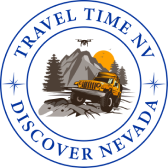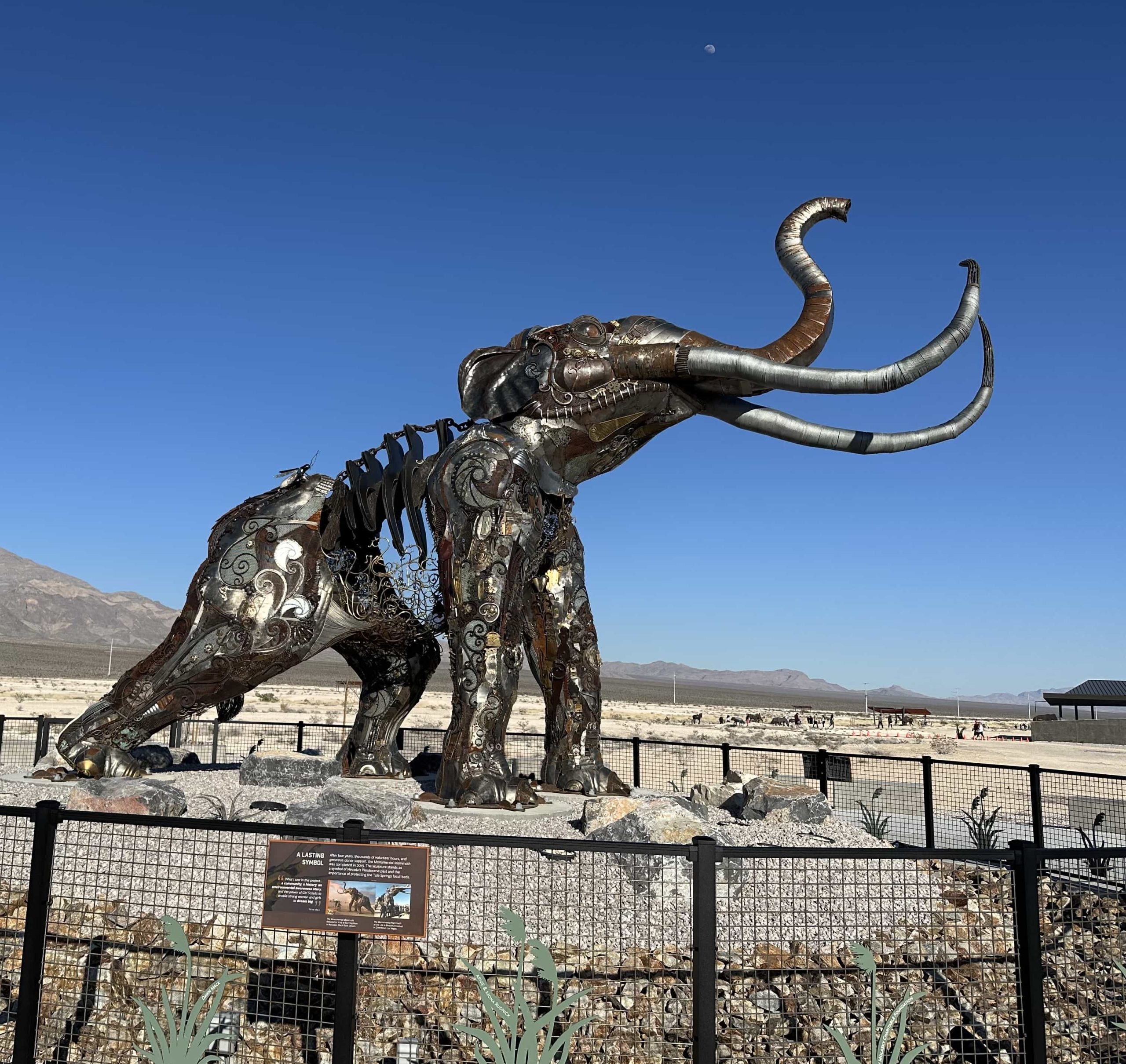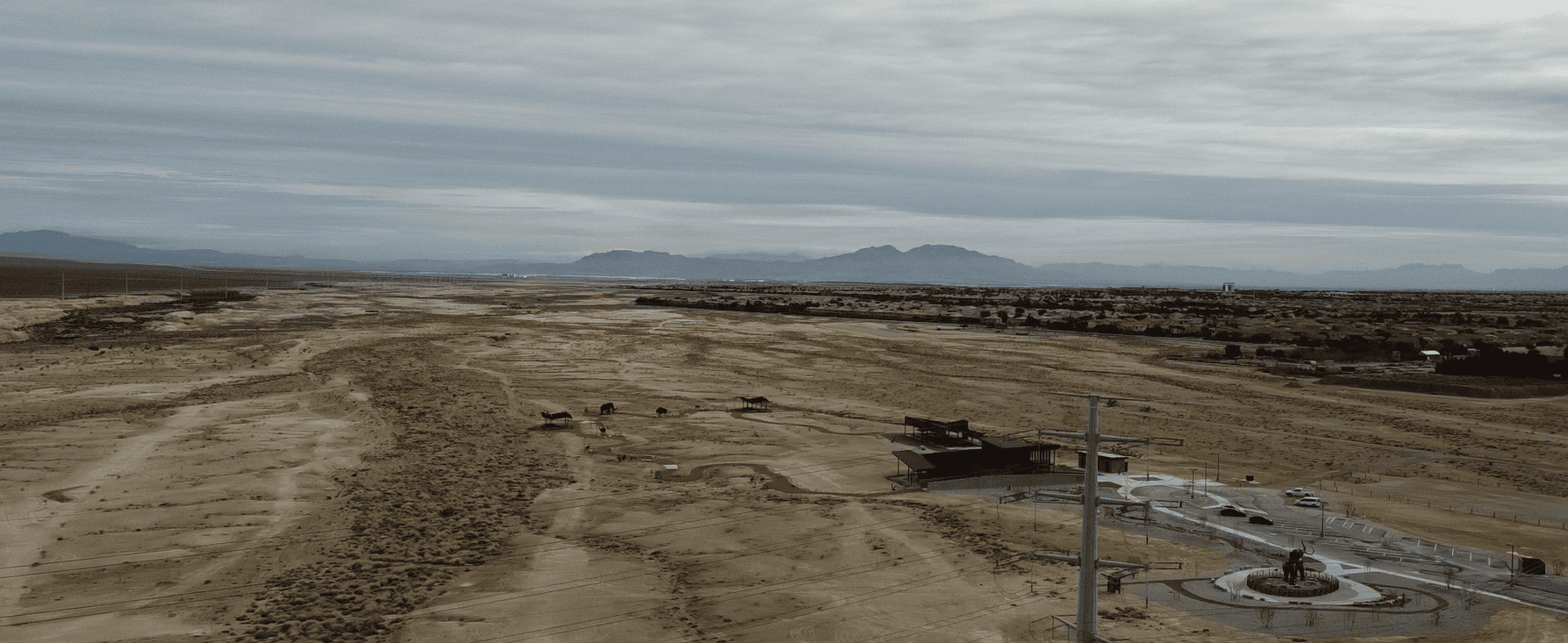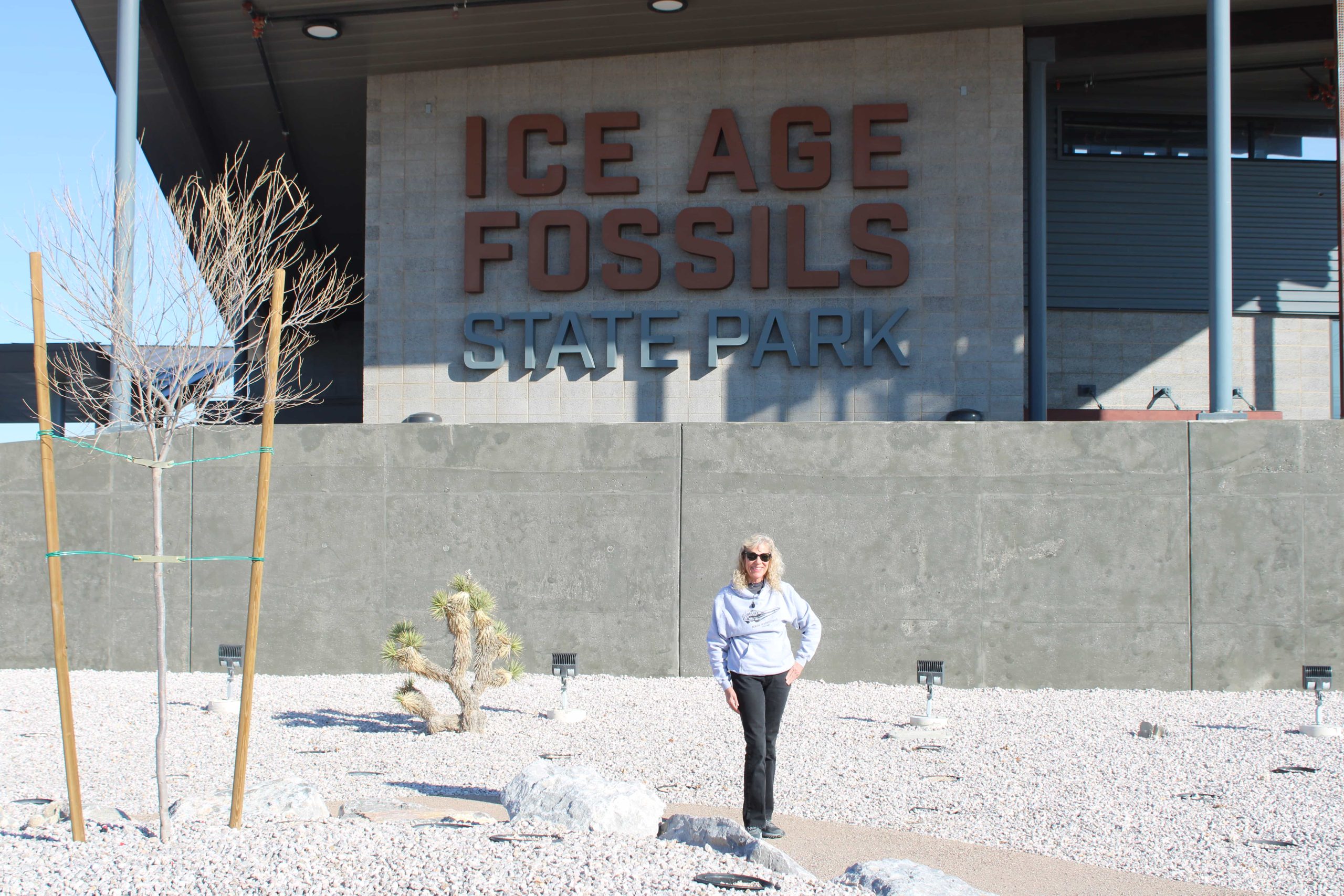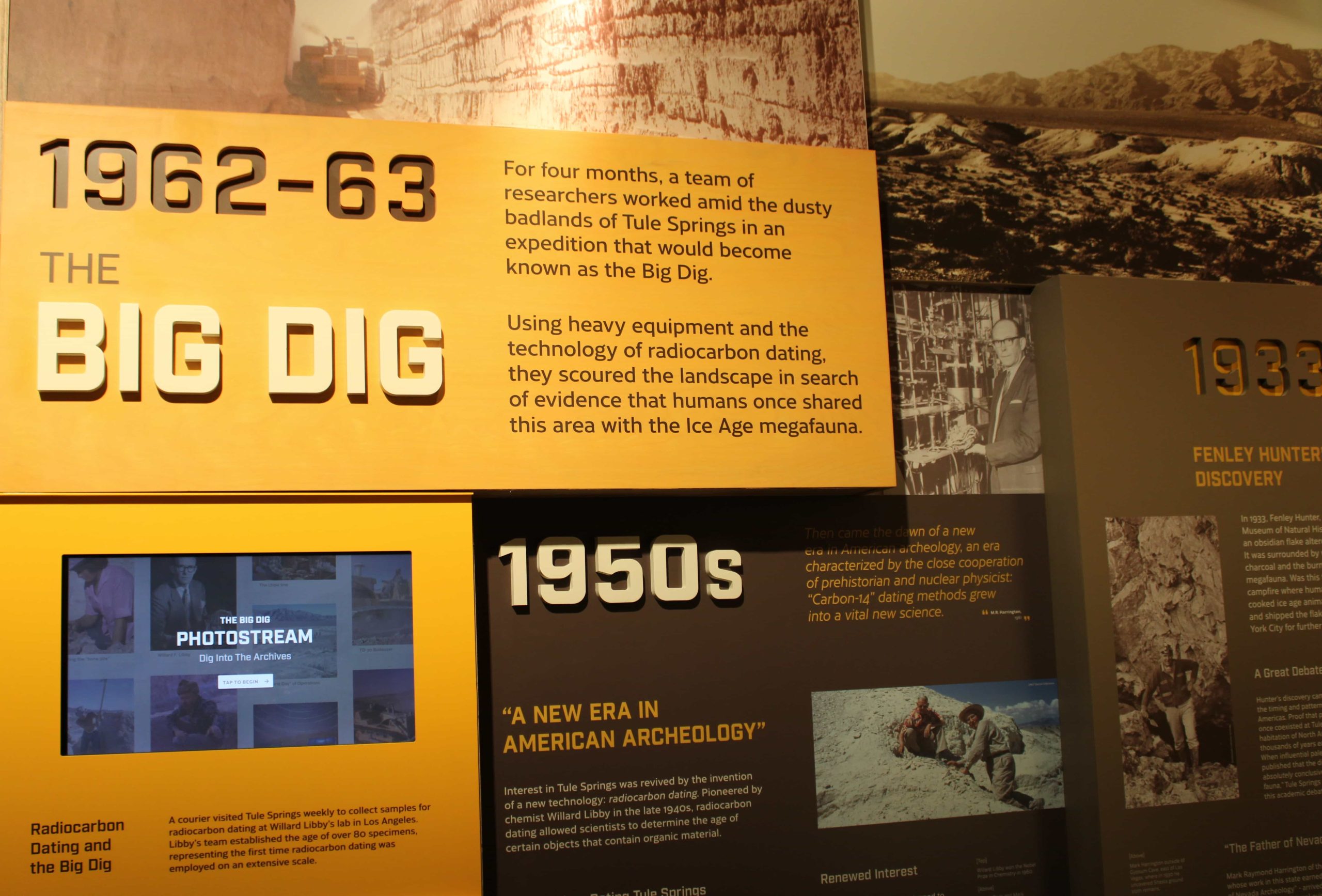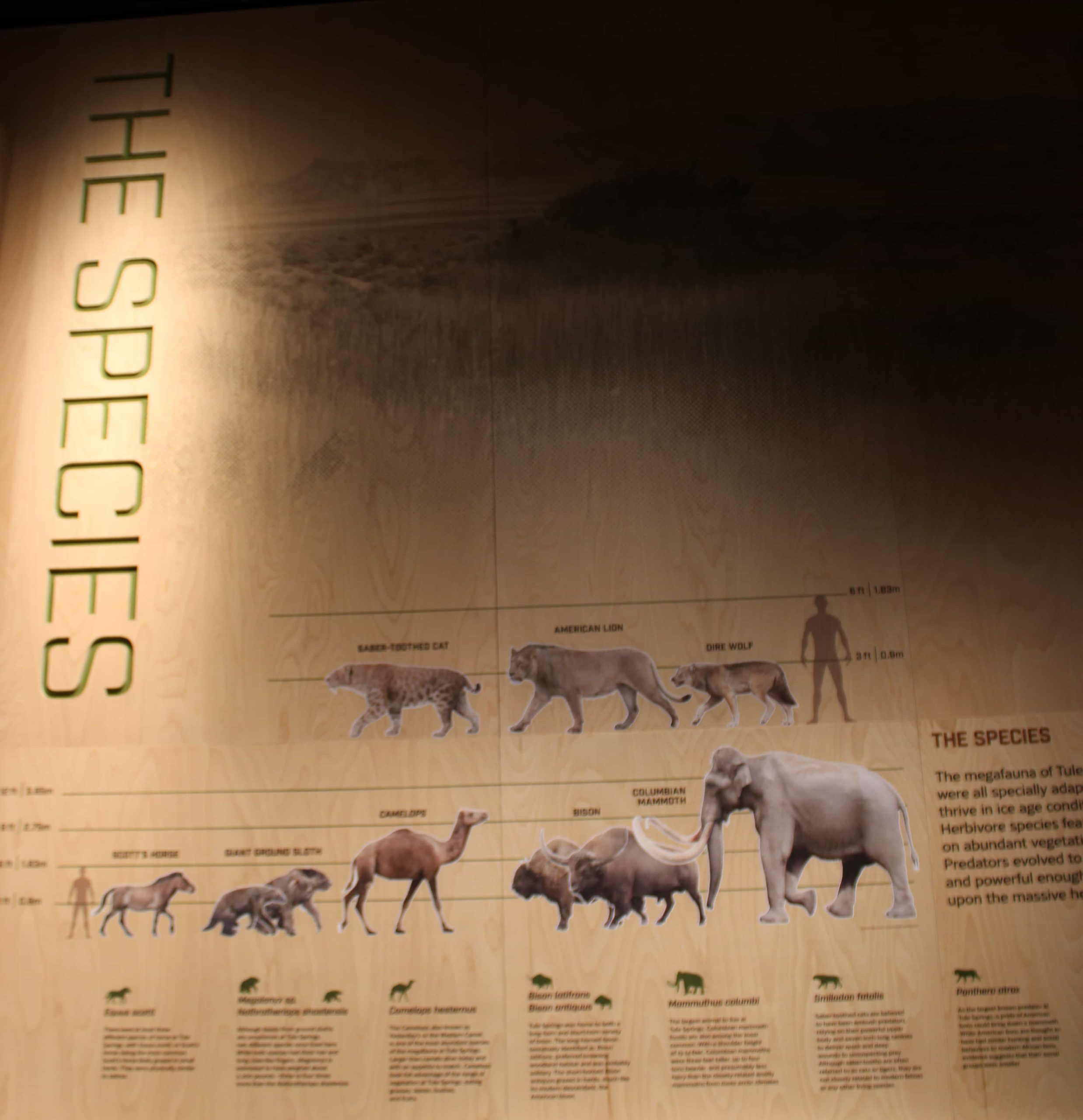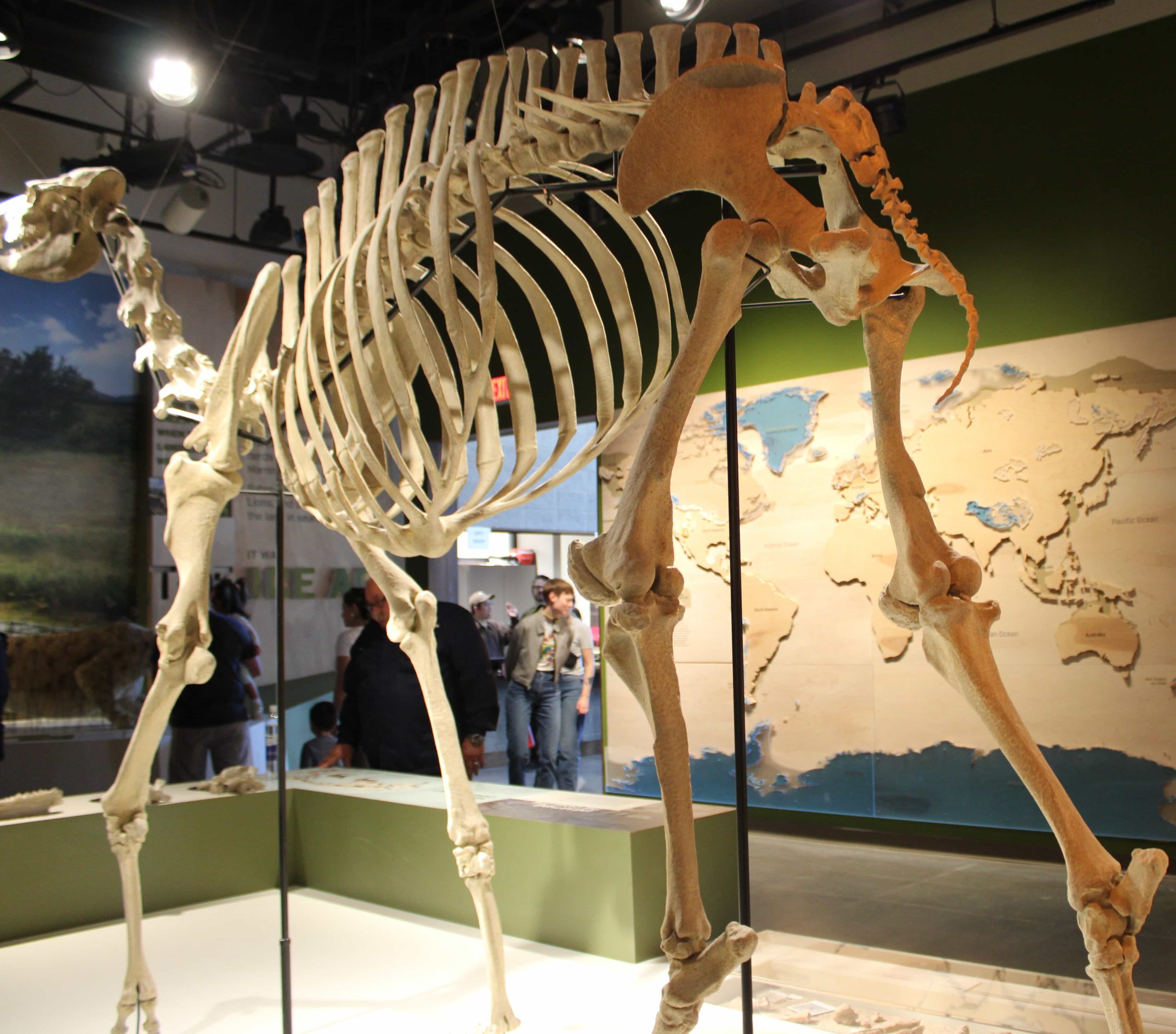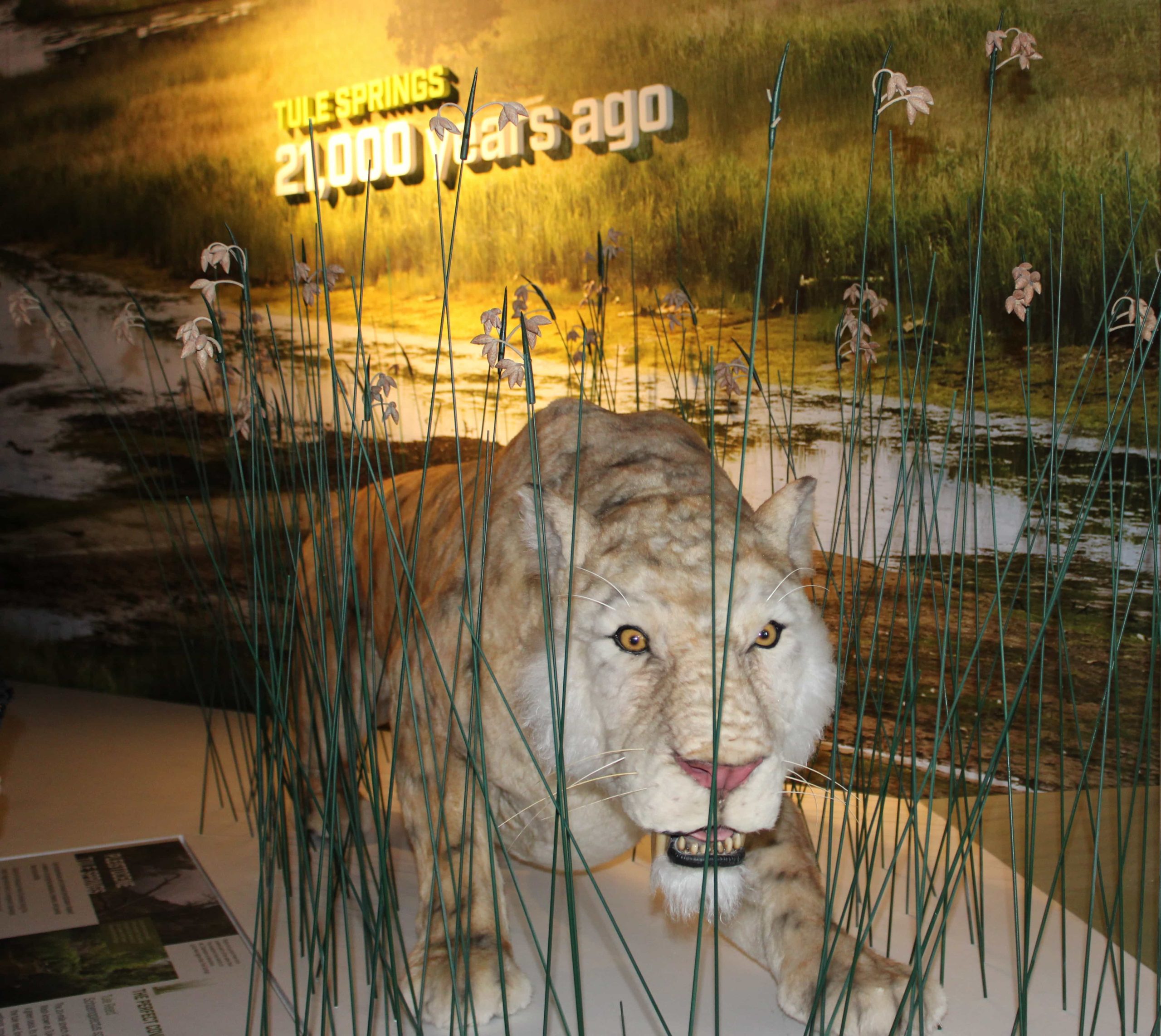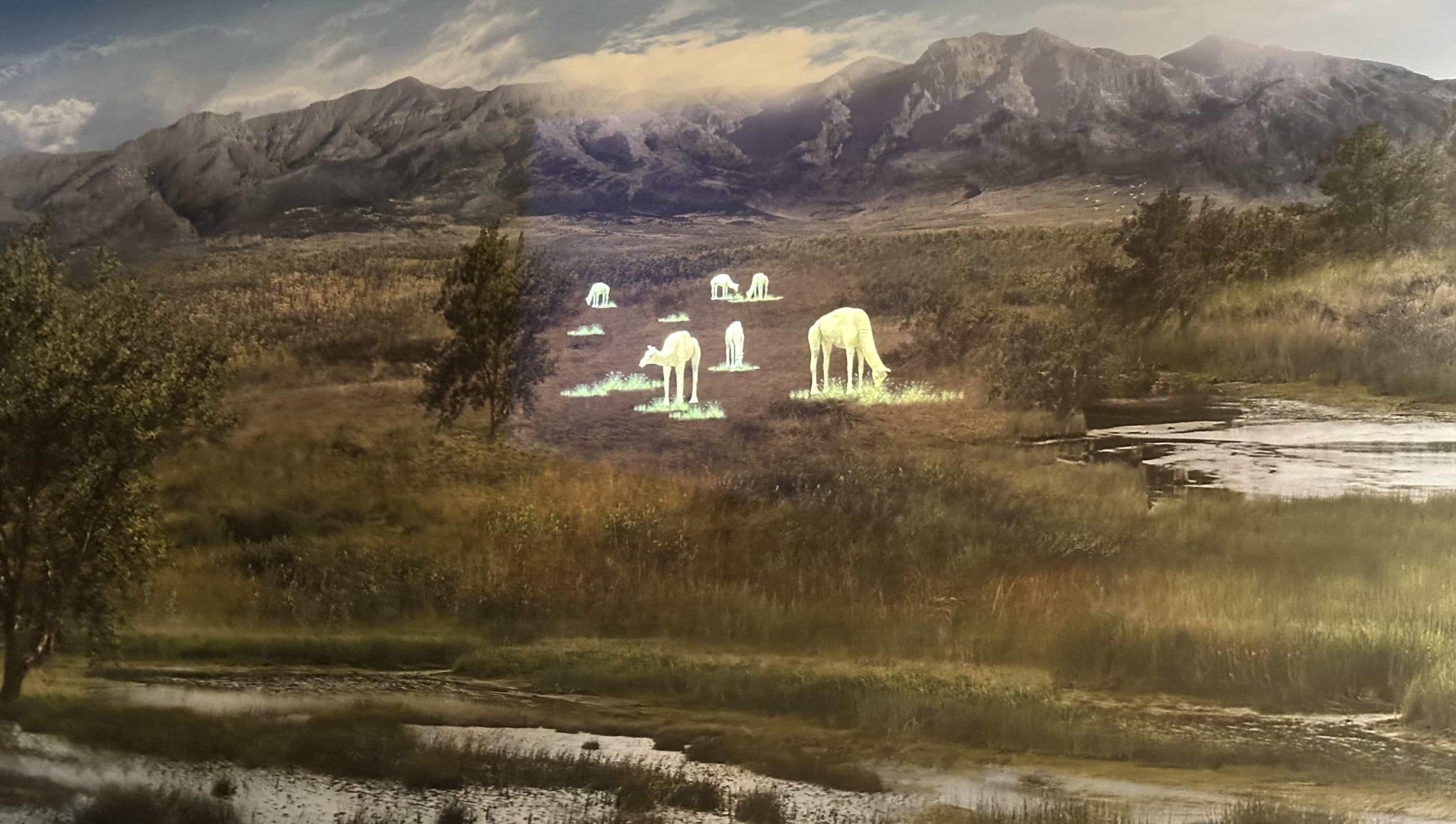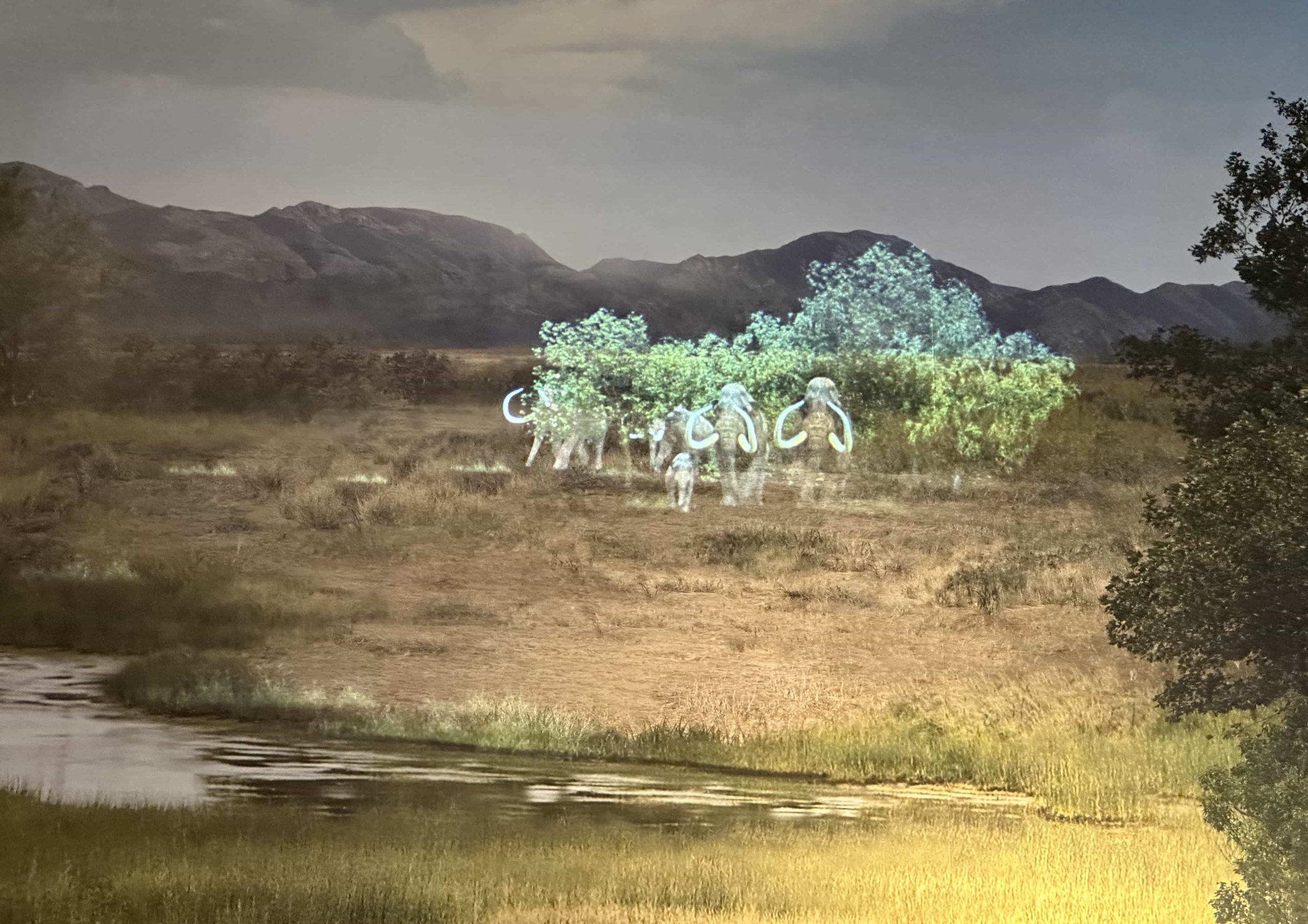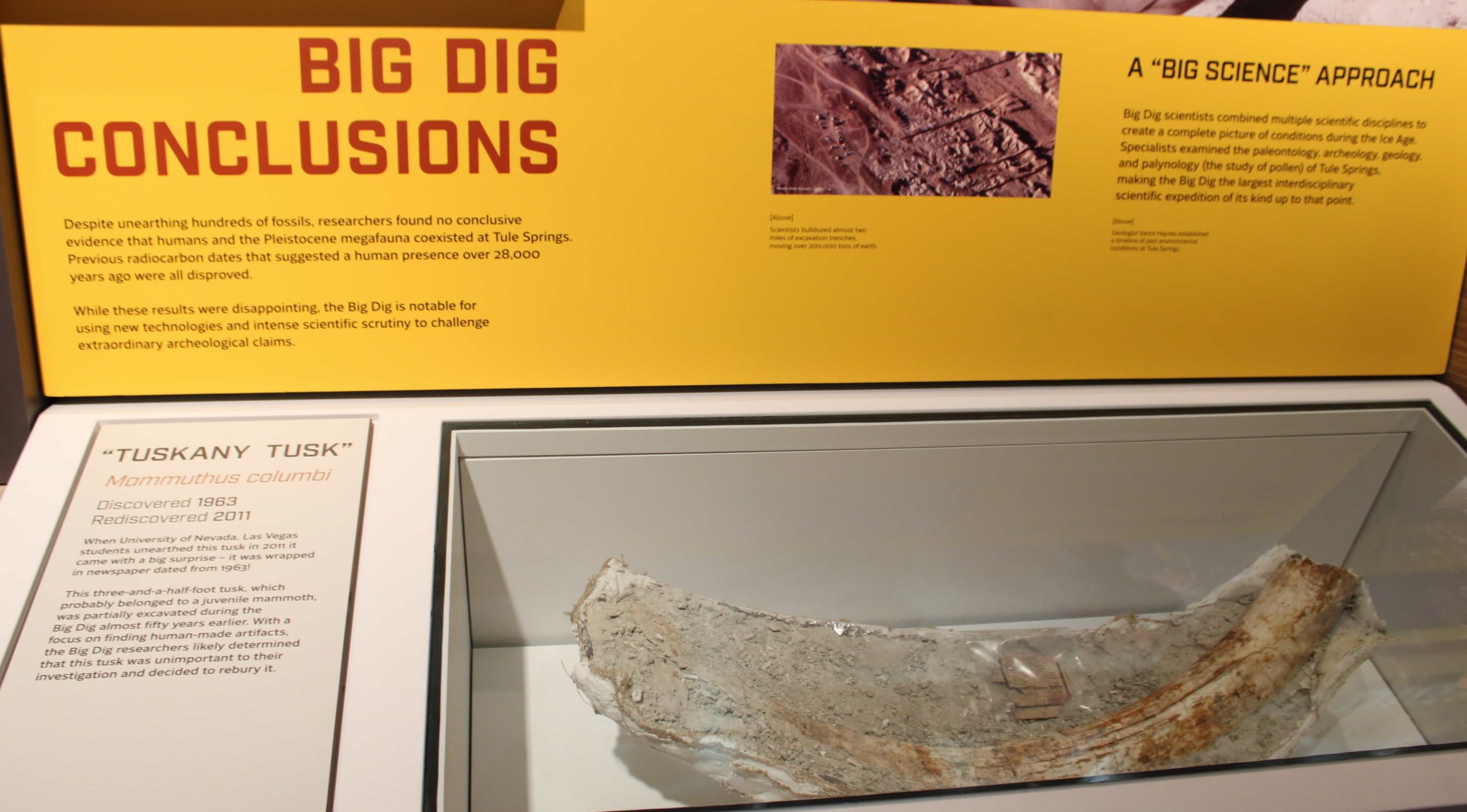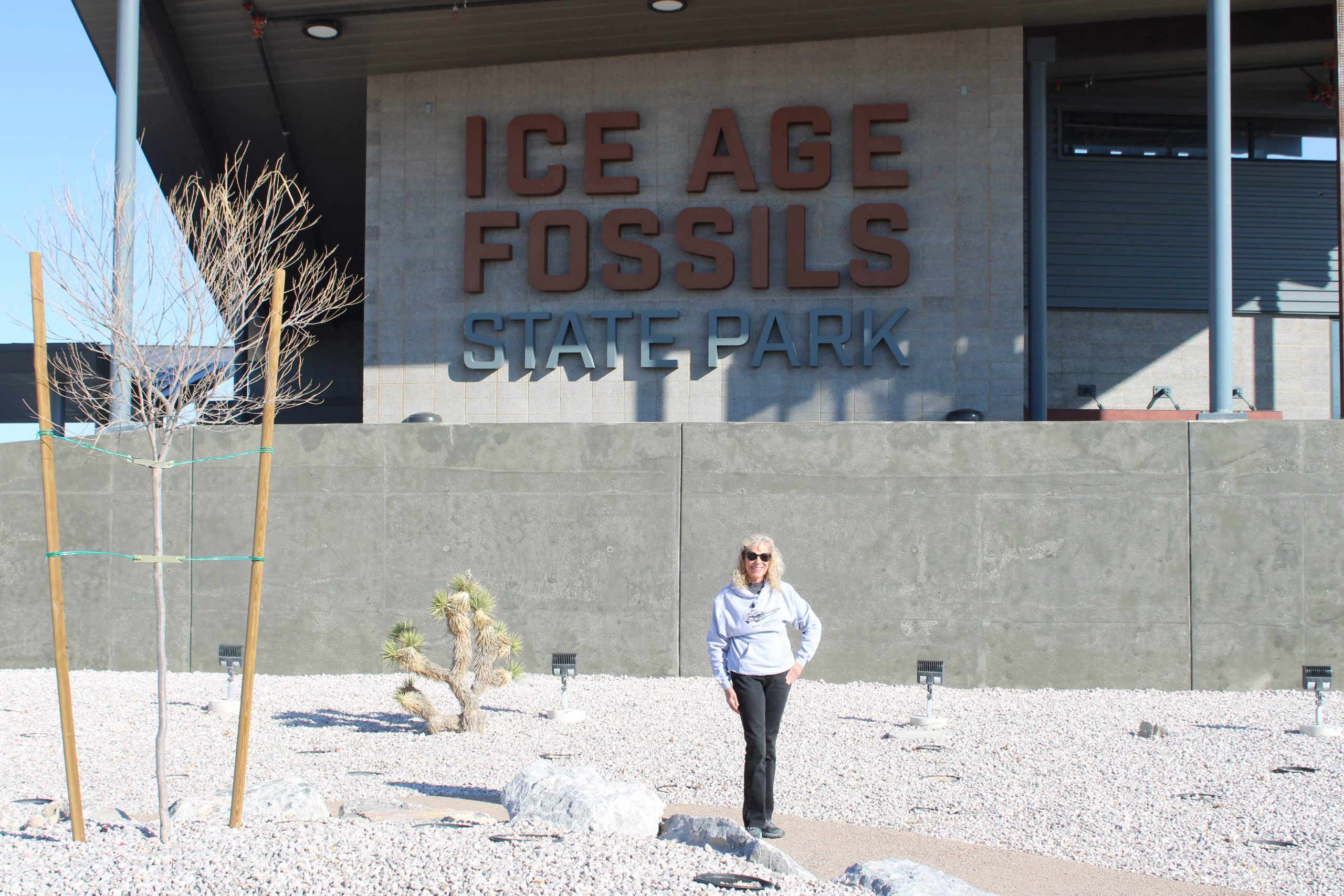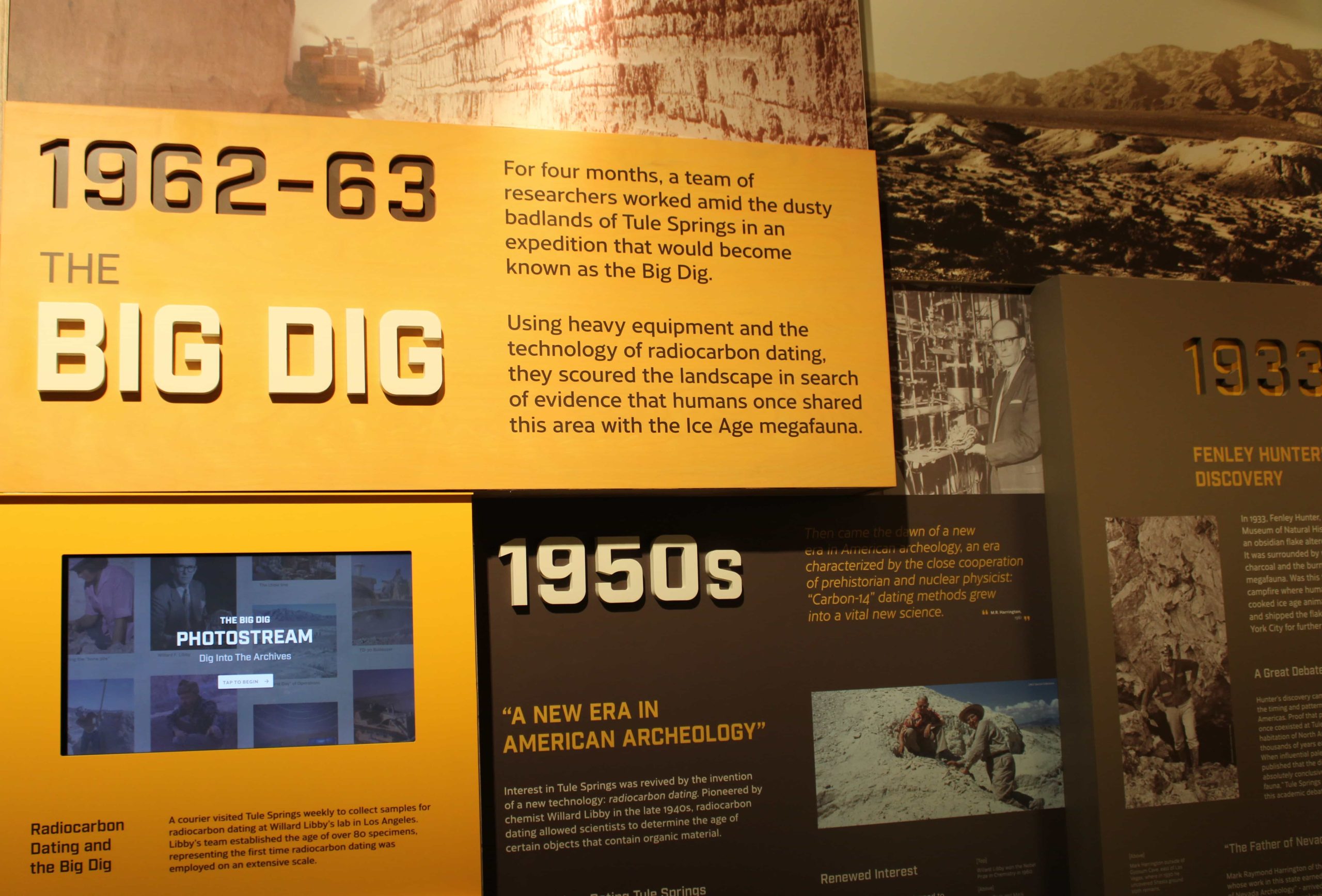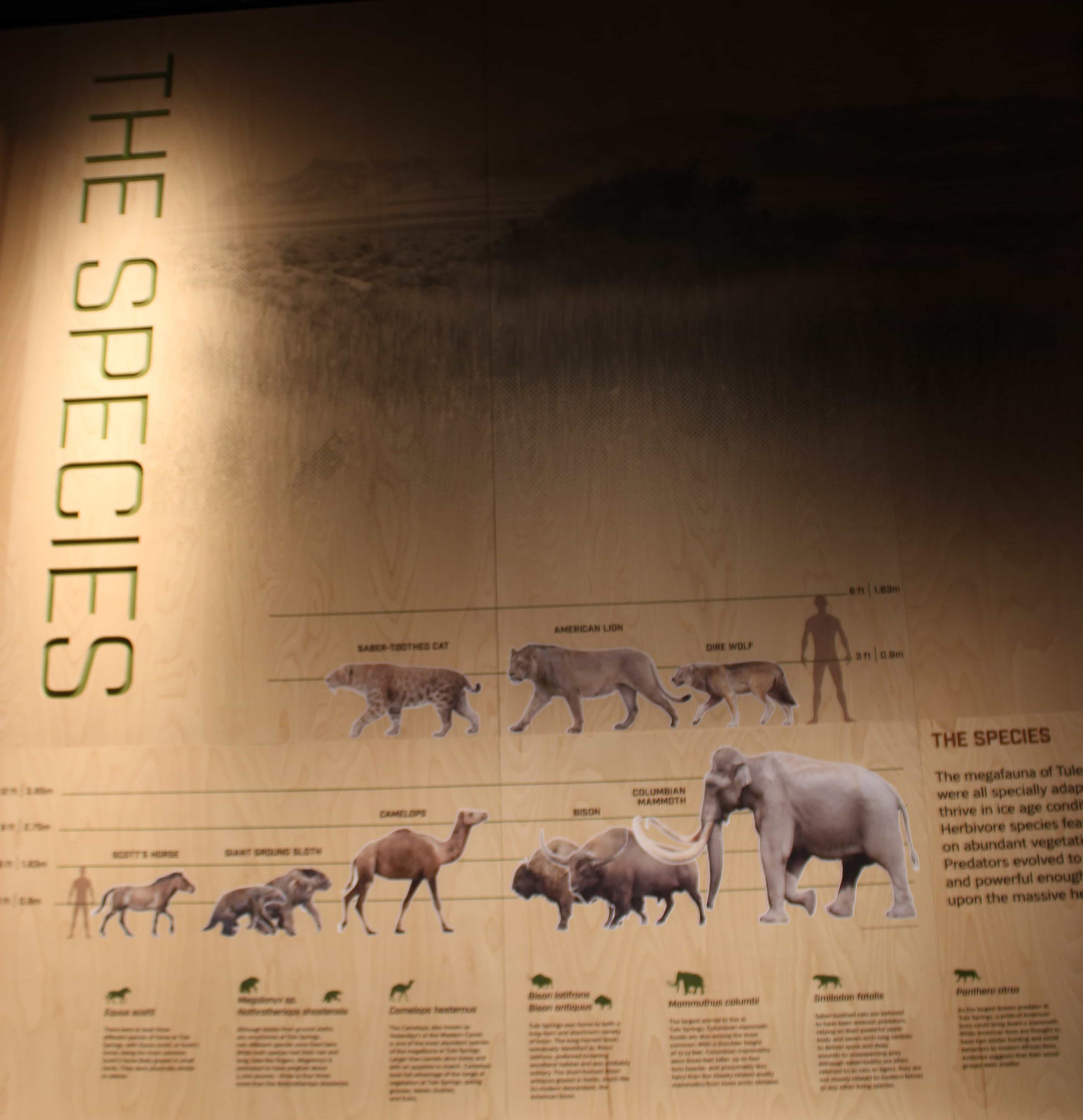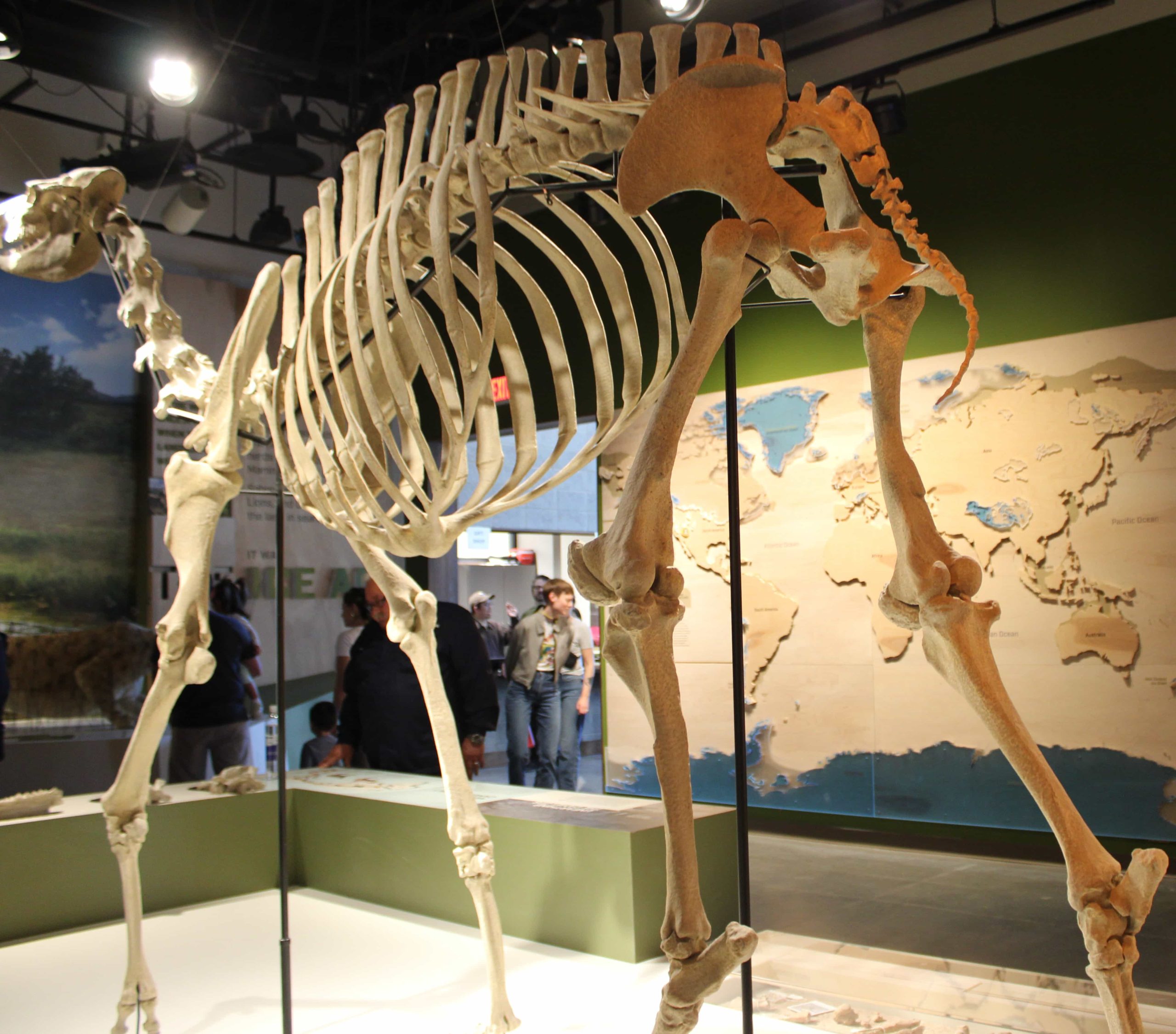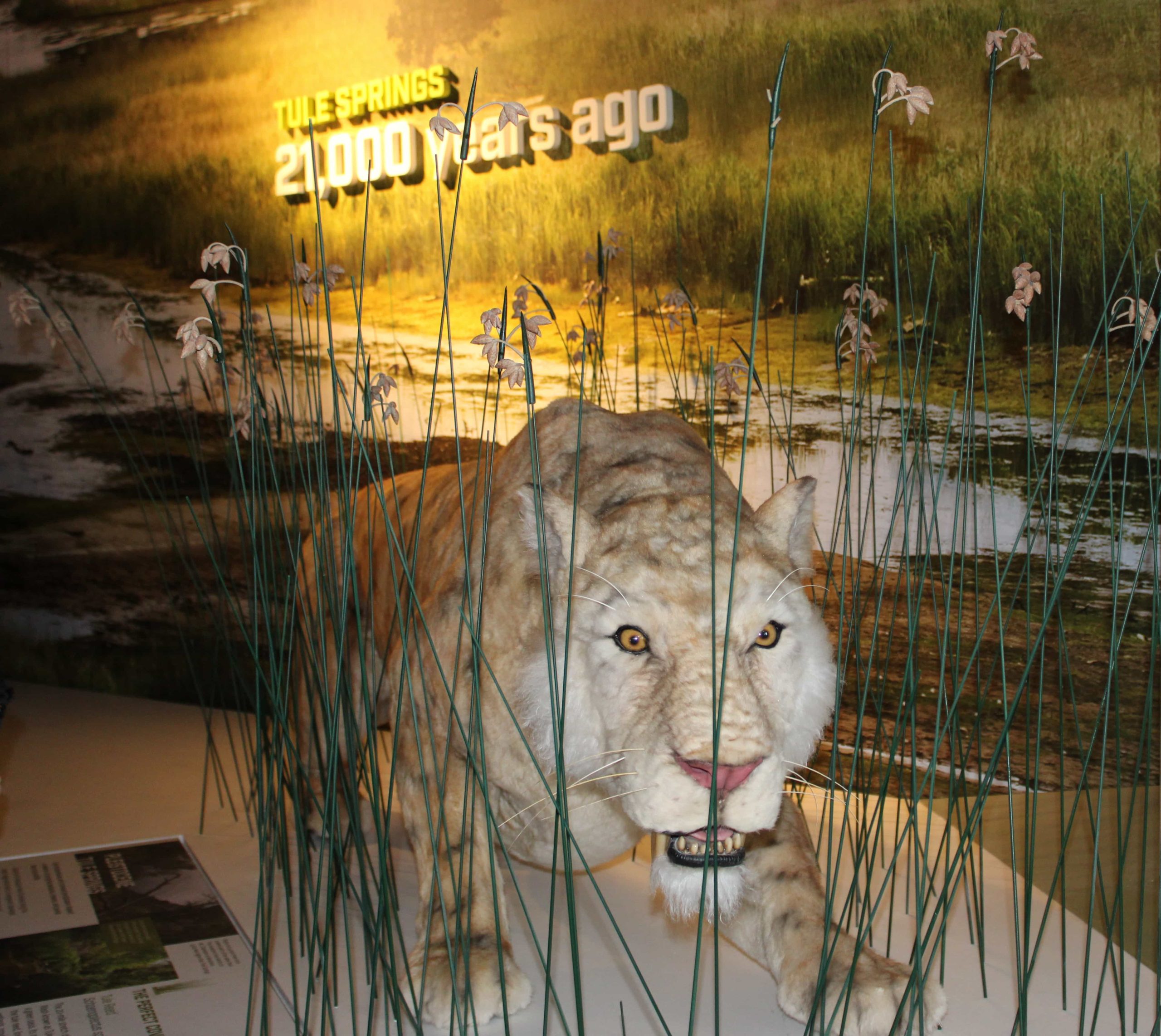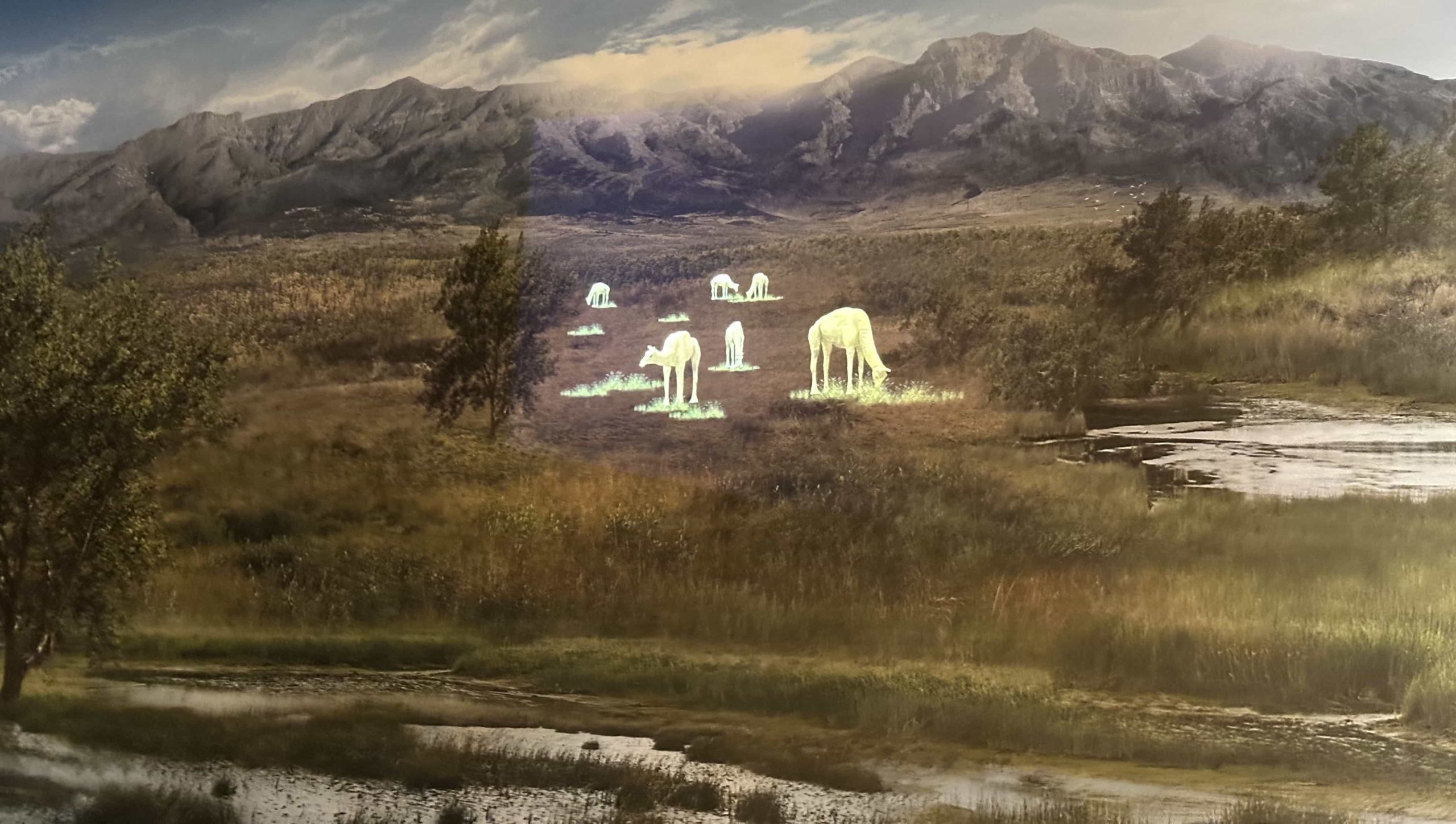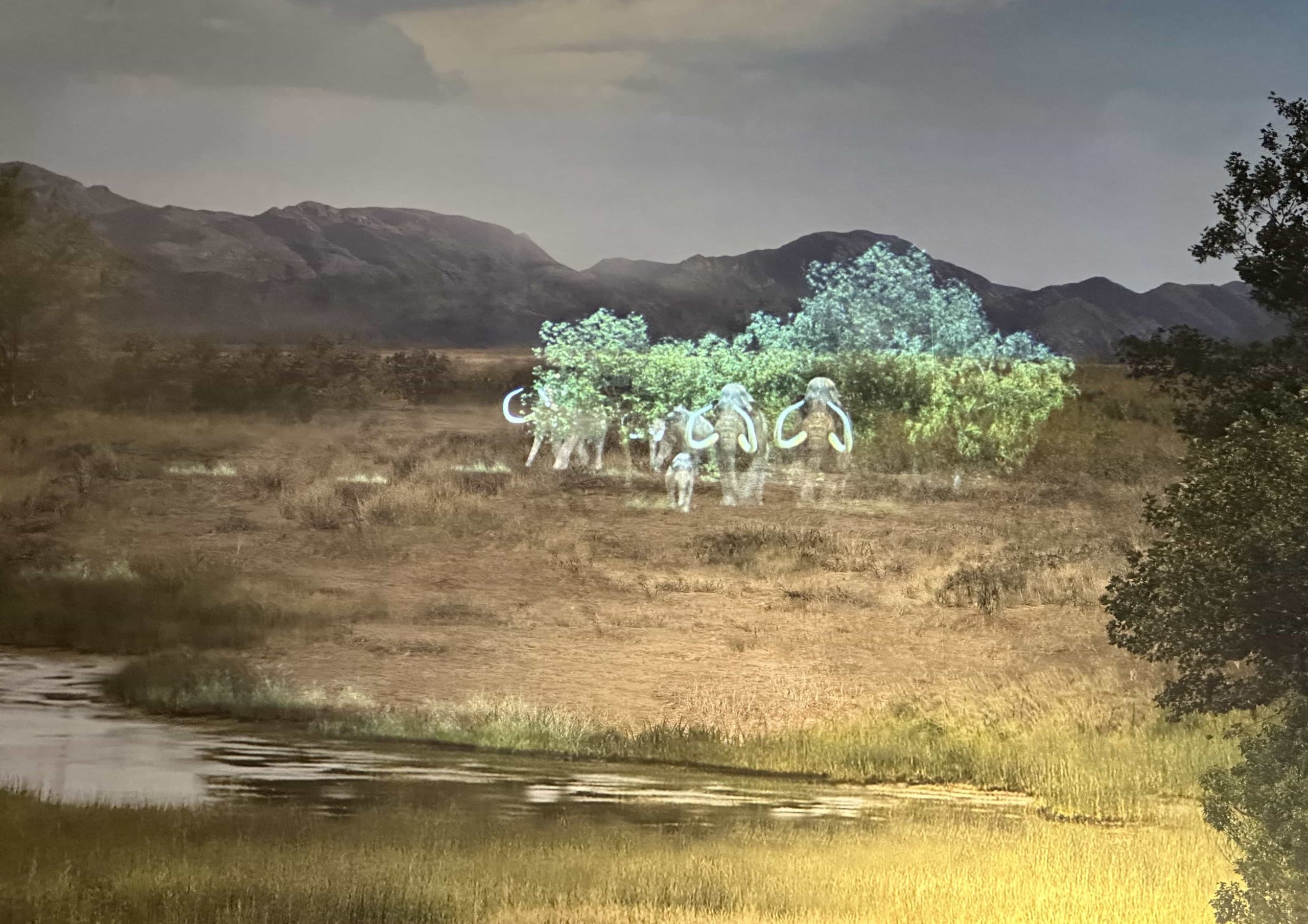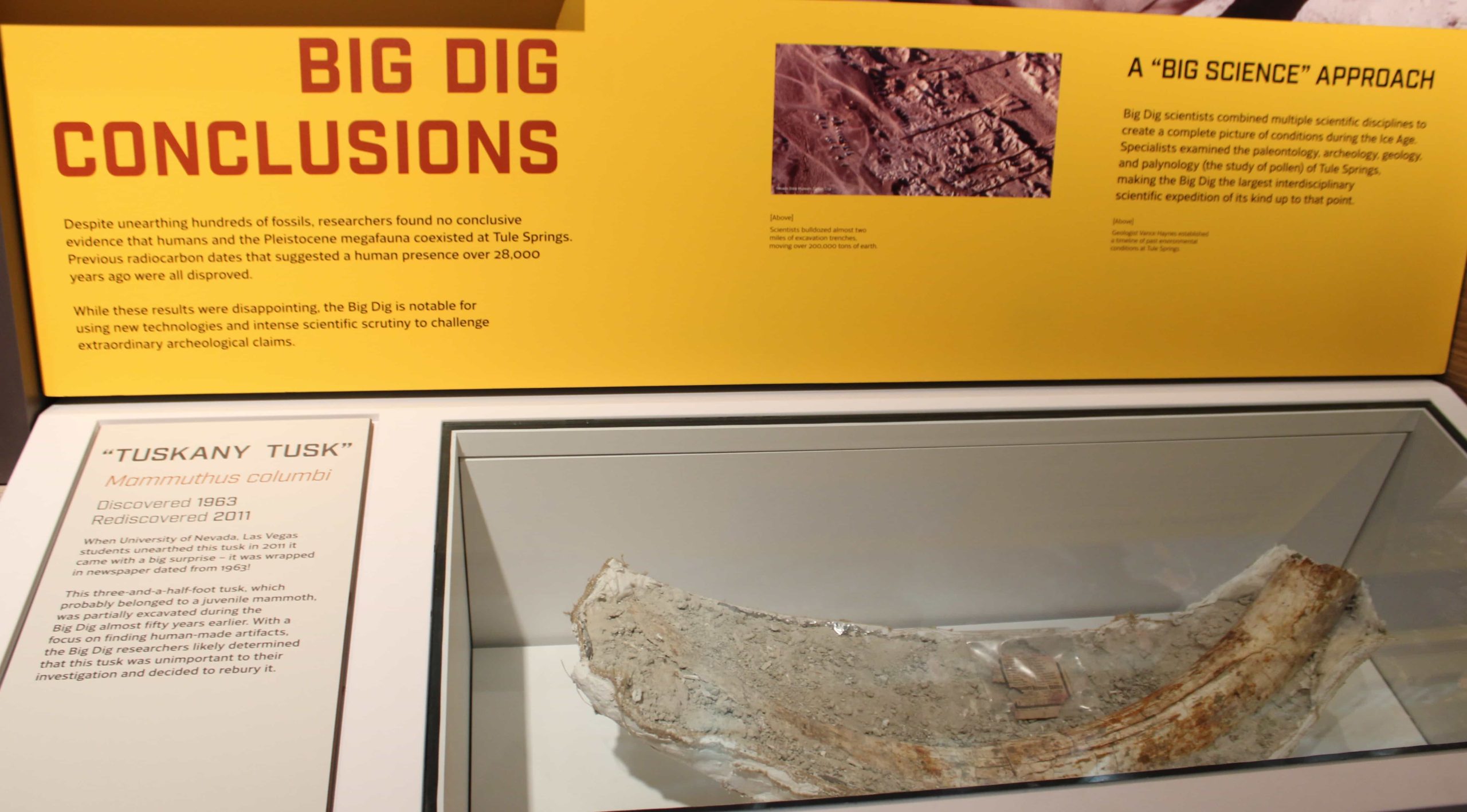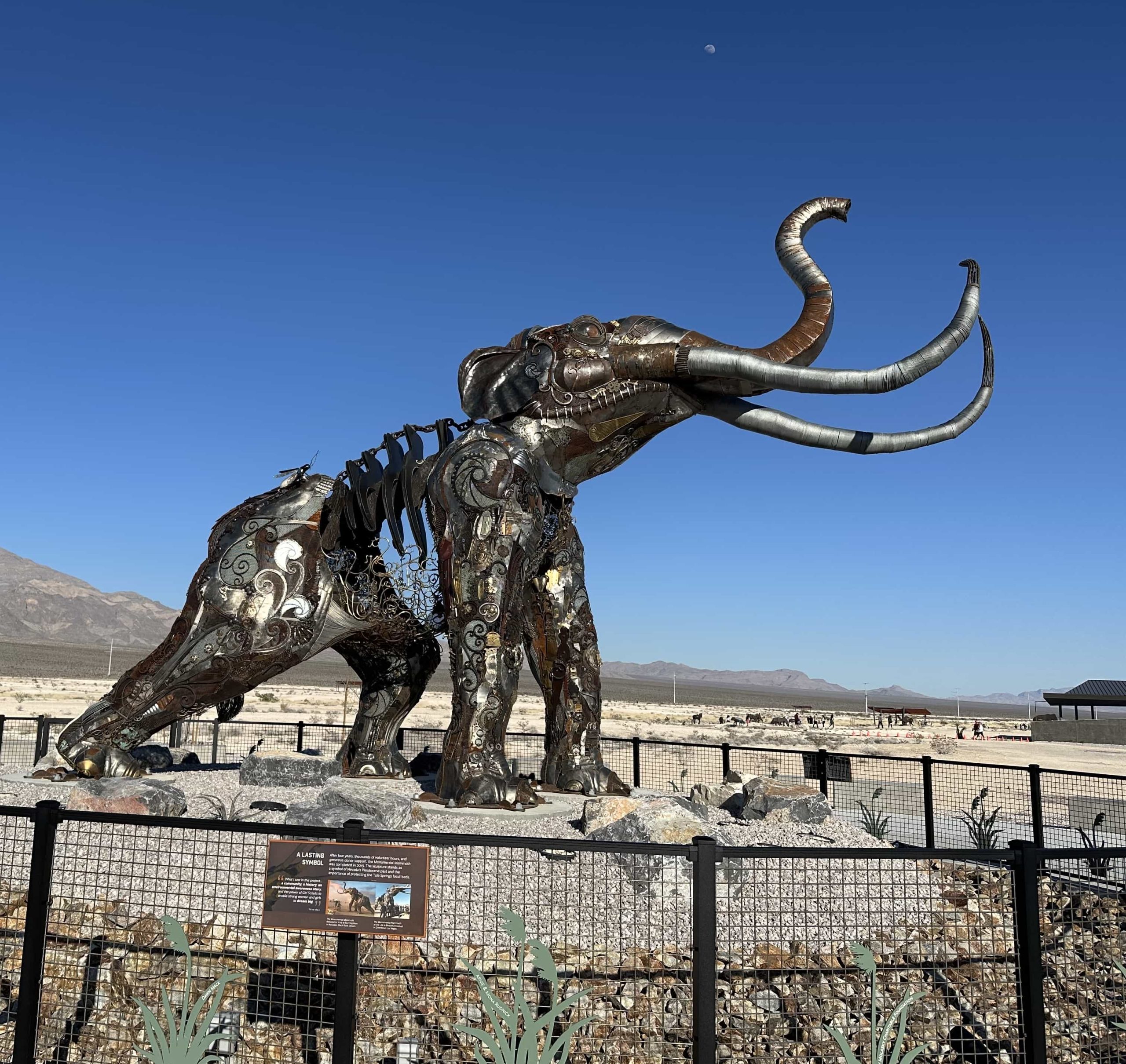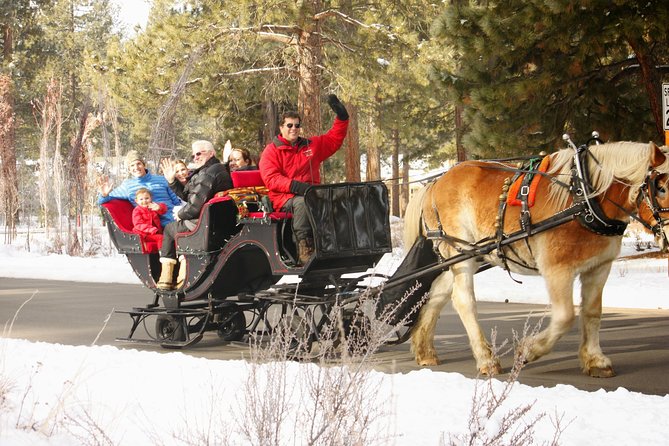Ice Age Park
Las Vegas
About
If you’re interested in the Ice Age, fossils and extinct mammals, you’ll love Nevada’s most recent prehistoric exhibit, The Ice Age Park!
Located in North Las Vegas on North Decatur just down from the Clark County Shooting Complex, this 315-acre park features a portion of the upper Las Vegas wash that is rich in both paleontological and historical resources. During the Pleistocene, also known as the Ice Age, the wash provided verdant habitat for several species of now extinct mammals, including Columbian mammoths, American lions, camels, dire wolves, and ground sloths.
The discovery of abundant fossils onsite triggered a long history of scientific research, which includes the famous “Big Dig” of 1962 to 1963, or the Tule Springs Expedition, the largest inter-disciplinary scientific expedition of its kind up to that point.
The Visitor Center’s natural history exhibits include an amazing large projection screen featuring historic mammals becoming animated!
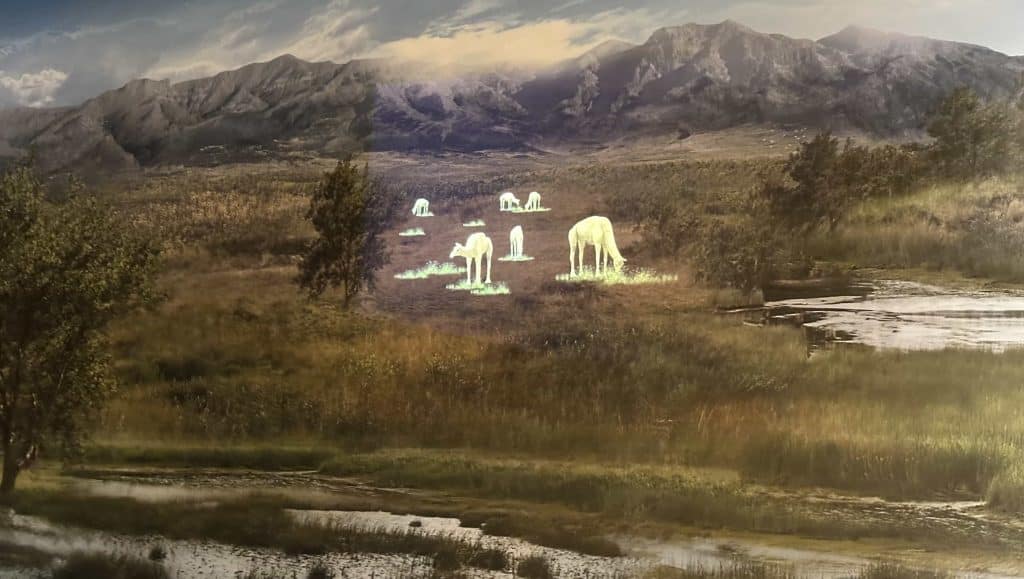
You can learn the history of the “Big Dig” and the discovery of a Tuscany Tusk which was found in 2011 wrapped in a newspaper dated from 1963.
There are also trails along the outdoor exhibits:
Megafauna Trail: This 0.3-mile trail has life-sized sculptures that reveal the lives and behaviors of the massive animals that once roamed Tule Springs. The trail begins near the back patio of the visitor center and ends between the visitor center and restroom building.
Las Vegas Wash Trail: This 1.5-mile trail begins and ends at the Monumental Mammoth. Hikers will experience the natural forces that created and reshaped this landscape over the course of millennia as they hike through the Upper Las Vegas Wash.
Big Dig Trail: This 1.2-mile trail begins and ends at the Trench K Trailhead. This trailhead is accessible by a 0.5-mile connector trail from the Megafauna Trail. Relive the discoveries of past scientists while hiking through trenches bulldozed by the Tule Springs Expedition.

The Ice Age Park is only open on weekends: Saturday and Sundays from 8:00am to 4:30pm. The entry fee is $3.00. There is a gift shop, covered outdoor seating area and restrooms. Be sure to arrive early; the new attraction is very popular! The gates are closed when the park reaches capacity (you may or may not be able to get in later in the day).
Tips: Bring water, layered clothing, sun protection, wear good footwear and make sure your batteries are fully charged – there’s plenty of photo ops!
Visit iafsp@parks.nv.gov for more information.
Happy Travels!
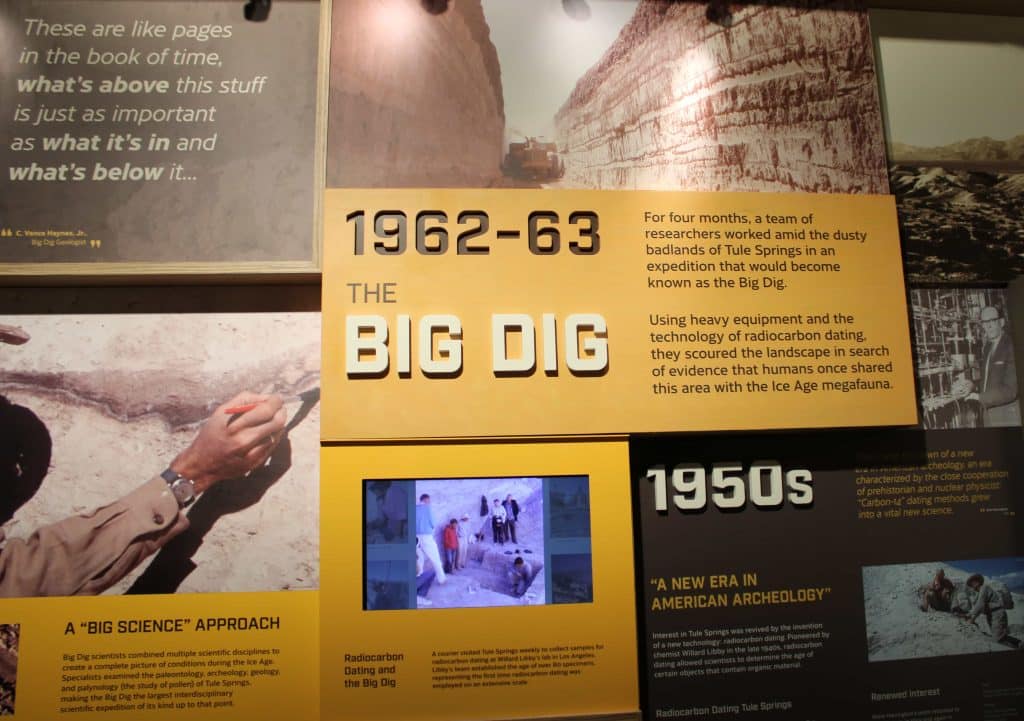
ADDITIONAL HISTORY:
At the peak of the last Ice Age, roughly 25,000 years ago, the Las Vegas area was wet and green. Marshlands extended across the valley floor. Looking out over the vegetated landscape, herds of Megafauna, like ancient bison, camels, and Columbian mammoths, would have been a common sight.
Over time, the land began to change. The wetlands were drying up, leaving behind spring-fed streams as the area transitioned to today’s arid landscape. By the end of the last Ice Age, the large animals that once called this place home were disappearing. It was around this time, roughly 12,000 years ago, that humans began leaving their mark in the valley. The earliest known human inhabitants of the valley would have walked alongside the remaining megafauna.
The land that is now Ice Age Fossils State Park continued to change as time moved on. Ephemeral streams along with desert plant and animal communities replaced the lush landscape of the Pleistocene. Some streams carved themselves into the valley floor, creating deep washes, like the Las Vegas Wash, with pockets of badlands along the wash banks. The park sat like this, being slowly shaped by nature, for several thousand years before people began uncovering its secrets.
The “Big Dig” creating Trench K
The modern history of the park began back in 1903, when the USGS made the first fossil discoveries. Researchers continued to visit the site for decades to study its geology, paleontology, and archaeology. Each new study drew more attention to the site, increasing scientific and public interest. Exciting discoveries led the Nevada State Parks Commission (now Nevada Division of State Parks) to acquire this 315-acre parcel of land in 1958.
The culmination of this interest was the 1962-1963 Tule Springs Expedition, also known as the Big Dig. This expedition was a multidisciplinary study with the goal of uncovering evidence of the earliest human inhabitants in North America. This four-month long study brought in researchers from a variety of fields who used heavy equipment and cutting-edge technology, including the new technique of radiocarbon dating, to find answers in the ancient sediments of Tule Springs. The findings of the Big Dig were inconclusive, and interest in the site quickly faded.
In the late 1990s and early 2000s researchers returned to the area with a new purpose: to describe the fossil history and geology. Researchers discovered hundreds of fossil sites around Tule Springs, greatly expanding our understanding of Ice Age in Nevada. Renewed scientific interest, and public concern, led to calls to preserve this area forever. In 2017, Governor Sandoval designated this property as Ice Age Fossils State Park as a part of his “Explore Your Nevada Initiative.”
Once designated, Nevada Division of State Parks embarked on the exciting and daunting journey of building a state park from the ground up. They worked with architects, designers, and content experts to build the park infrastructure and visitor experience. They transformed fossil-rich desert into a park with an interactive visitor center and museum gallery, restrooms, group use area, interpretive signs, and shade structures along its almost four miles of trails.
The park staff welcomes visitors to the new state park and are committed to providing a unique experience for tourists and locals who want to get away from the lights and sounds of the Las Vegas Strip. Visitors can look forward to guided hikes, educational programs, and special events in the future.
